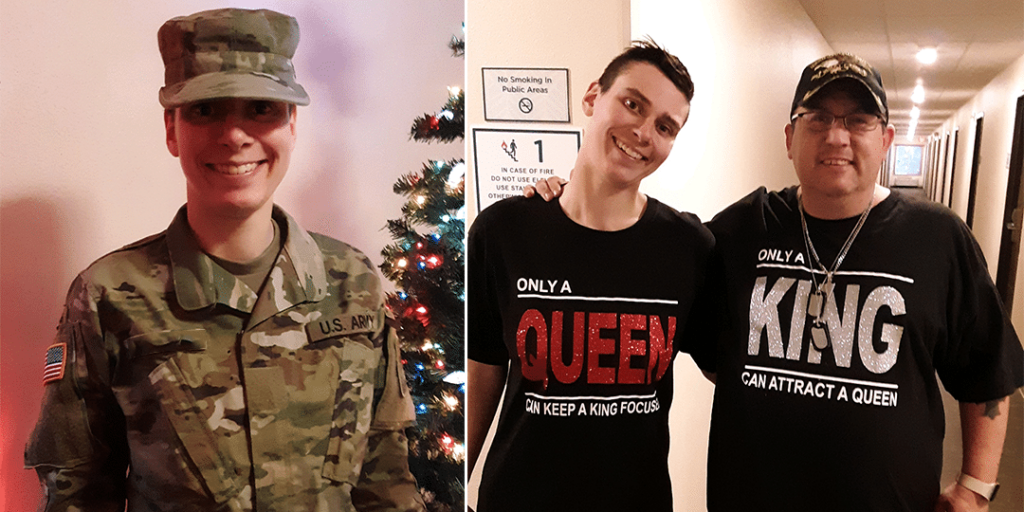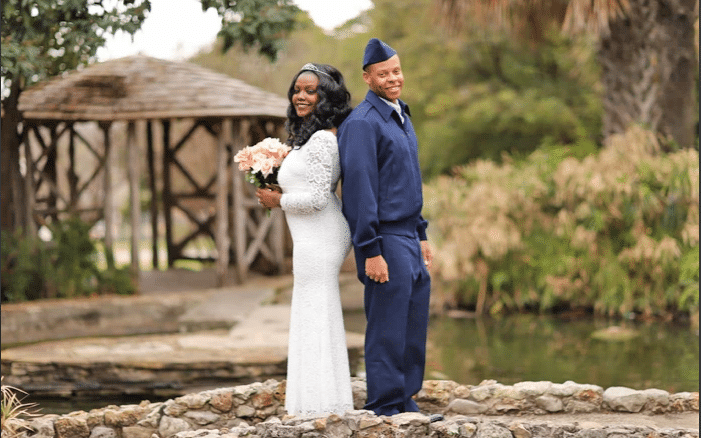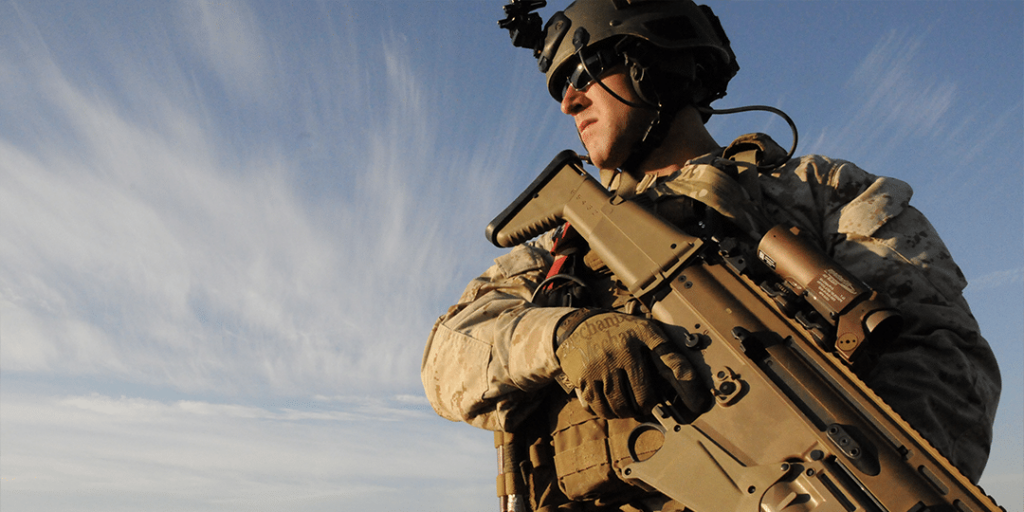
- The App
- Sandboxx News
- Resources
Learn
- Company
About
Become a Partner
Support
- The App
- Sandboxx News
- Resources
Learn
- Company
About
Become a Partner
Support
If you’re getting ready to PCS, knowing your military BAH is an important part of the moving planning process. BAH is one of those built-in...
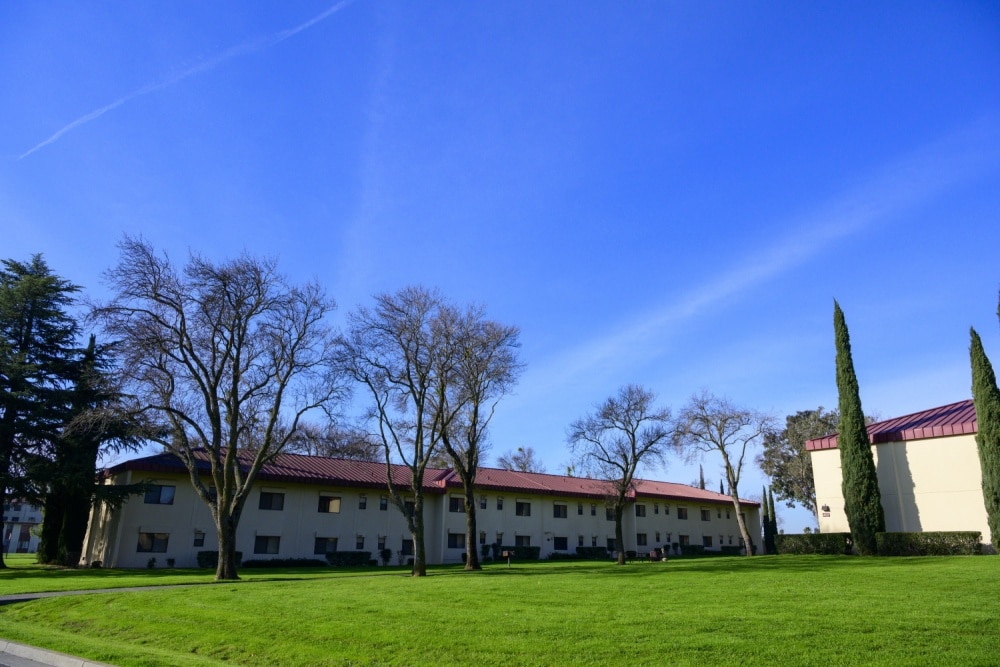
If you’re getting ready to PCS, knowing your military BAH is an important part of the moving planning process.
BAH is one of those built-in allowances that are nice to have. But, it isn’t always explained in a way that new service members and their families can understand.
Basically, if you’re not interested in living on base, BAH military pay is a term you’ll want to be familiar with so you can understand how it’s added into your pay every month. It’s a line item on your Leave Earnings Statement (LES) you’ll always want to double-check, too.
Below, we break down the details on military BAH so you know who gets it, what it pays for, and how that magical number is actually calculated.
BAH stands for Basic Allowance for Housing. Military BAH is an allowance created to help service members find decent housing based on the cost of living in their particular area when military housing is unavailable.
This gets calculated for each service member a few different ways:
If you’re stationed outside of the U.S. (including U.S. territories and possessions) and you can’t get furnished government housing, you’ll qualify for a benefit known as Overseas Housing Allowance (OHA).
Military BAH is provided to service members as a sort of living stipend to help them secure affordable housing in the case that base housing is not available. Due to the huge number of active-duty members — many who are single — on-base housing waitlists are lengthy. It’s often quicker to find a reasonable place in town.
A common misconception of BAH is that it’s meant to cover all related expenses for a member’s housing costs. Or that it should cover all of a mortgage cost. This isn’t the case. Mortgage costs are never considered when it comes to BAH.
BAH is meant to reflect current rental market conditions, which means service members are compensated for typical housing costs around their duty station. While you’re free to choose where to live, keeping in mind your commute time and other housing factors can keep you within your living means.
NOTE: You may have out-of-pocket expenses if you pick a more expensive area off base to live. This is because rates are exclusively based on the median cost of rent in your duty station area. If you find a rental cheaper than your actual BAH, you can keep the difference. If you live on base, your entire housing allowance goes toward your living expenses.
Any service member who is assigned to a permanent duty station within the continental United States who can’t get into furnished government housing (AKA base housing).
If you’re stationed overseas, you’ll receive OHA based on your dependency status. Even if you go overseas without your family, you’re still eligible for BAH at the dependent rate, but it’s based on your dependent’s U.S. residence zip code.
Note: You’ll also receive Family Separation Housing (FSH) if you don’t live in government quarters overseas.
Definitely not.
If you’re stationed at Pensacola NAS, your cost of living is going to be much different than someone living in San Diego, California. BAH rates are largely calculated on your area’s cost of living. Check out the BAH calculator to see what your BAH is based on the year, your rate, and duty station zip code.
Additionally, if you have dependents (AKA you’re married or have kids), you will receive a monthly allowance that’s higher than a single service member.
For example, if you’re an E-5 and your duty station is Naval Base Kitsap, you would get $2,007 with dependents. Without dependents, you’d receive $1,761 monthly.
Good to know: It’s important to note that family size doesn’t make a difference. Dependent rates are flat rates whether you are just married or have two kids.
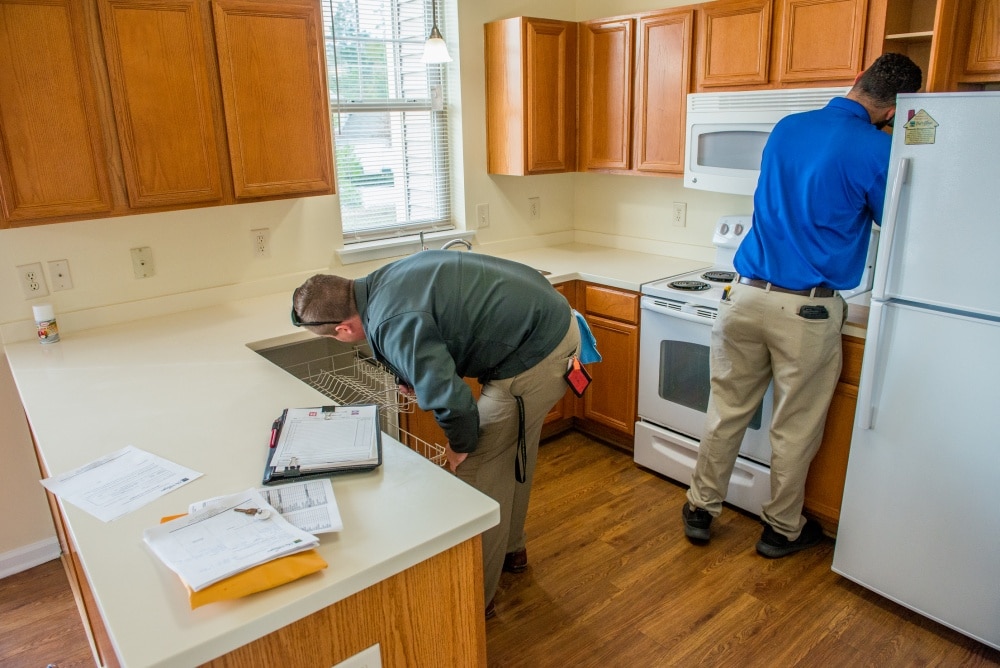
At the start of a new year, you may notice a difference in your BAH. Annoying to keep up with, yes, but important to keep an eye on nevertheless.
These are to reflect the rental price changes and can fluctuate between 2% to 5% year to year. With that being said, you may see housing allowances change based on the market. This is based on data collected each spring and summer when the rental markets are the most active.
Different special situations may qualify you and your family for a variety of BAH, too. Talk with your installation’s finance office if you have complex living situations — like a dependent child living with a former spouse.
And don’t forget that with every PCS, your BAH is likely to change. Being aware of your new area’s cost of living and checking into rental pricing before moving can help you plan ways to best use your BAH.
Anytime you need a refresher on your 2020 military BAH, check with the Defense Travel Management Office for rates, frequently asked questions, and more.
Questioning a change on your LES when it comes to your BAH? Talk to your finance office straight away to get it straightened out.
Experienced service members: What are your best tips when it comes to finding affordable housing? Let us know in the comments below!
Feature image courtesy of U.S. Air Force. Photo by Nicholas Pilch



